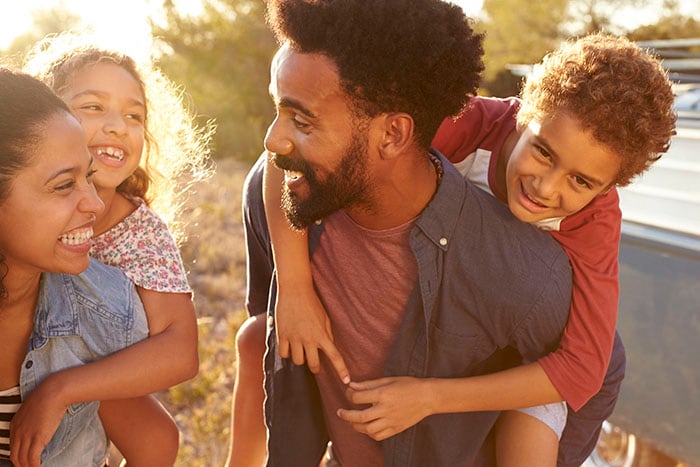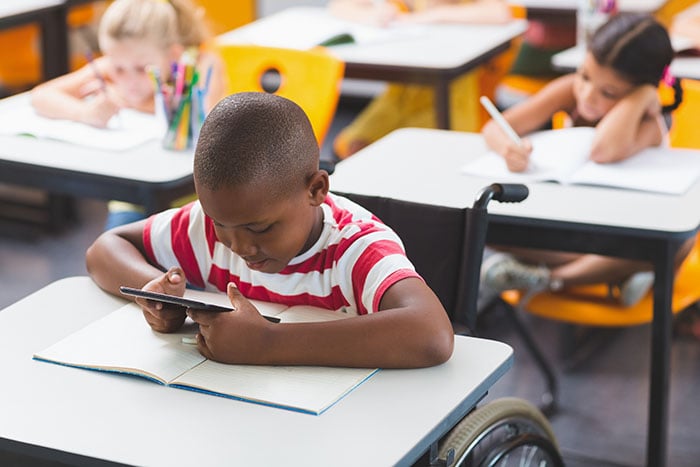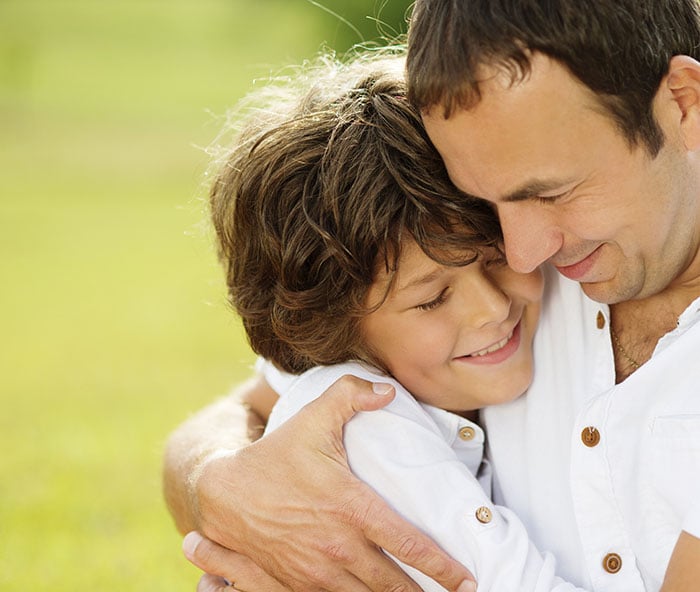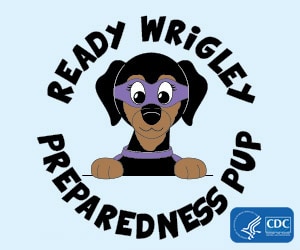Before, During and After an Emergency

Regardless of your child’s age, he or she may feel upset or have other strong emotions after an emergency. Some children react right away, while others may show signs of difficulty much later. How children react or common signs of distress can vary according to age. Knowing how to help children cope after an emergency can help them stay healthy in future emergencies.
An emergency can happen anywhere and at any time. It is important for parents to know what steps they can take before, during, and after an emergency to protect their family. Parents ensure that family members are ready and know what to do when emergencies happen.
Before an Emergency
A little preparation now can make a big difference later.
Here are some steps you can take to help keep your family safe and healthy when an emergency happens:
- Prepare an emergency kit that includes a 3-day supply of necessities for each person in your family, such as food, medicine, water, games, flashlight, and special toys to help keep your children calm during an emergency.
- Make a plan to contact family members, especially if you are not together when an emergency strikes. If your children are old enough, teach them how to call 911 and memorize important phone numbers. Create a reunification plan as part of the family communication plan to reunite you with your loved ones as soon as it is safe to do so.
- Review with your children the different types of emergencies that can happen in your area and the warning signs for those emergencies. For example, if tornadoes are common, your children should know what to do during a tornado. This includes knowing the signs of an approaching storm and instructions on how to take shelter during a tornado.
- Be informed, stay informedexternal icon, and get vital information, such as emergency warnings and alerts, from reliable news sources and your local emergency management agency.
Getting your children to help with preparing for an emergency can teach them the basics of staying safe and will make emergencies less stressful because they will be prepared and empowered. Ask them what items they think should go in an emergency kit and plan.

Help protect your child during the school day.
In the United States, about 69 million children are separated from their parents or caregivers every work day to attend school or child care. You can help protect your children, even when you are not with them, through the following steps:
- Find out the school or childcare center’s emergency plans. Every school and childcare center should have a written emergency plan with information, such as how to contact parents in an emergency and where children will go if evacuated. Also, ask how you can contact the school or childcare center during an emergency and how parents and caregivers will reunite with their children.
- Update your emergency contact information. Make sure that the school has up-to-date emergency contact information for your child. Notify the school every time your address or phone number changes. Keeping a backpack emergency card with your child is one way to make sure that emergency contact information – as well as other important information like medications and allergies – is handy.
During an Emergency
Different emergencies may require different actions. Protect your family by knowing what to do.
Each emergency is different and may require different actions to keep you and your family safe. Local authorities will share safety instructions and updates on television, radio, the Internet, or social media pages, like Twitter and Facebook. Depending on the emergency, authorities may ask you to stay where you are (“shelter in place”), or they may recommend that you go somewhere else (“evacuate”).
If you have children in a school in the exposed area, school authorities may evacuate your children to a safer place or emergency shelter. In these cases, do not go to your children during the emergency. This can put you and your children at greater risk. Wait until emergency or school authorities say it is safe for you to pick up your children.
Learn more about what you can do in different emergencies:
Additional Resources
Stay Tuned to Learn How to Evacuate
Stay Put – Learn How to Shelter in Place
Emergency management agenciesexternal icon
After an Emergency
Recovery can take time. Get the support you need to help you and your child in the aftermath of an emergency.

Reuniting After an Emergency
Children may be away from their parents – or accidentally separated– during an emergency. Having a reunification plan and knowing reunification resources can help you reunite with your loved ones as soon as it is safe to do so.
Helping Children Cope
Regardless of your child’s age, he or she may feel upset or have other strong emotions after an emergency. Some children react right away, while others may show signs of difficulty much later. How children react or common signs of distress can vary according to age. Knowing how to help children cope after an emergency can help them stay healthy in future emergencies.
Additional Resources
Emergency Preparedness and You
